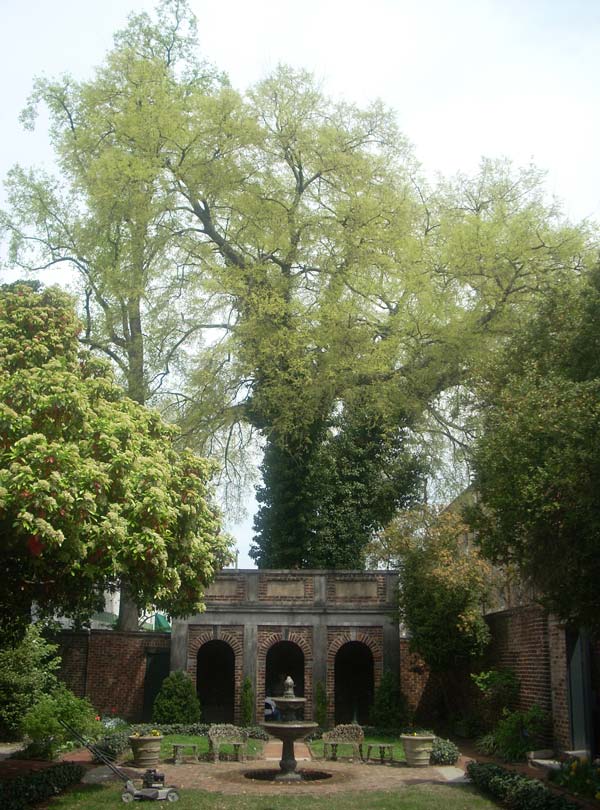by Larry Bleiberg, Special for USA TODAY
American history has deep roots, especially if you visit sites where trees have borne witness to significant events and people. “It’s a living connection to the past, a living legacy,” says Tom Hunter, who runs American Heritage Trees, which grows descendants of many famous trees. He says National Arbor Day, April 24, offers a perfect excuse to see these standout plants. “There’s a lot of symbolism and an ability to connect with our great heritage.” He shares some favorites with Larry Bleiberg for USA TODAY.
 William Faulkner magnolias
William Faulkner magnolias
Oxford, Miss.
The Southern author’s antebellum home, Rowan Oak, is named for a mythical tree, but the grounds themselves are filled with native Mississippi plants, like the magnolias fronting the property. “There was a move to develop formal gardens, but Faulkner himself wanted them just the way they were,” Hunter says. The Pulitzer Prize-winner wrote many of his novels at the home, including As I Lay Dying; Absalom, Absalom!; and Light in August. 662-234-3284; rowanoak.com
Mark Twain bur oak
Hannibal, Mo.
In Samuel Clemens’ youth, he played in the caves near his home overlooking the Mississippi River, which “had a big influence in shaping his life,” Hunter says. Later as writer Mark Twain, he drew on those experiences in books like The Adventures of Huckleberry Finn. The tree outside the cave dates to the early 1700s. 800-527-0304; marktwaincave.com
Helen Keller water oak
Tucumbia, Ala.
Famed humanitarian Helen Keller loved this towering tree, which is believed to be more than 200 years old and is located at her childhood home, Ivy Green. The deaf and blind advocate used to explore its hollow base. “She wrote about feeling the bark and how important it was to her,” Hunter says. “She used to go in there as a little girl and it was one of her favorite places.” 256-383-4066; helenkellerbirthplace.org
Edgar Allan Poe hackberry
Richmond, Va.
Mystery and horror novelist Edgar Allan Poe spent much of his life in Virginia’s capital and a towering hackberry tree still watches over the museum honoring his work. “It’s a growing giant tree that frames the garden,” Hunter says. The grounds now house the museum, located in one of the city’s oldest homes. 804-648-5523; poemuseum.org
